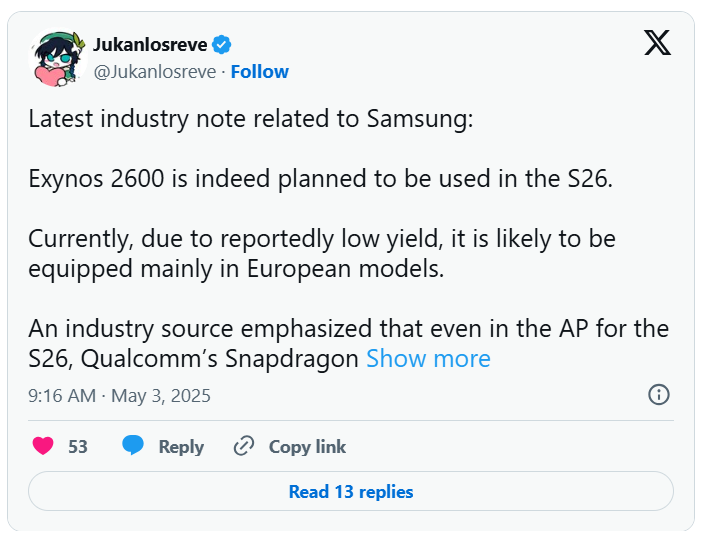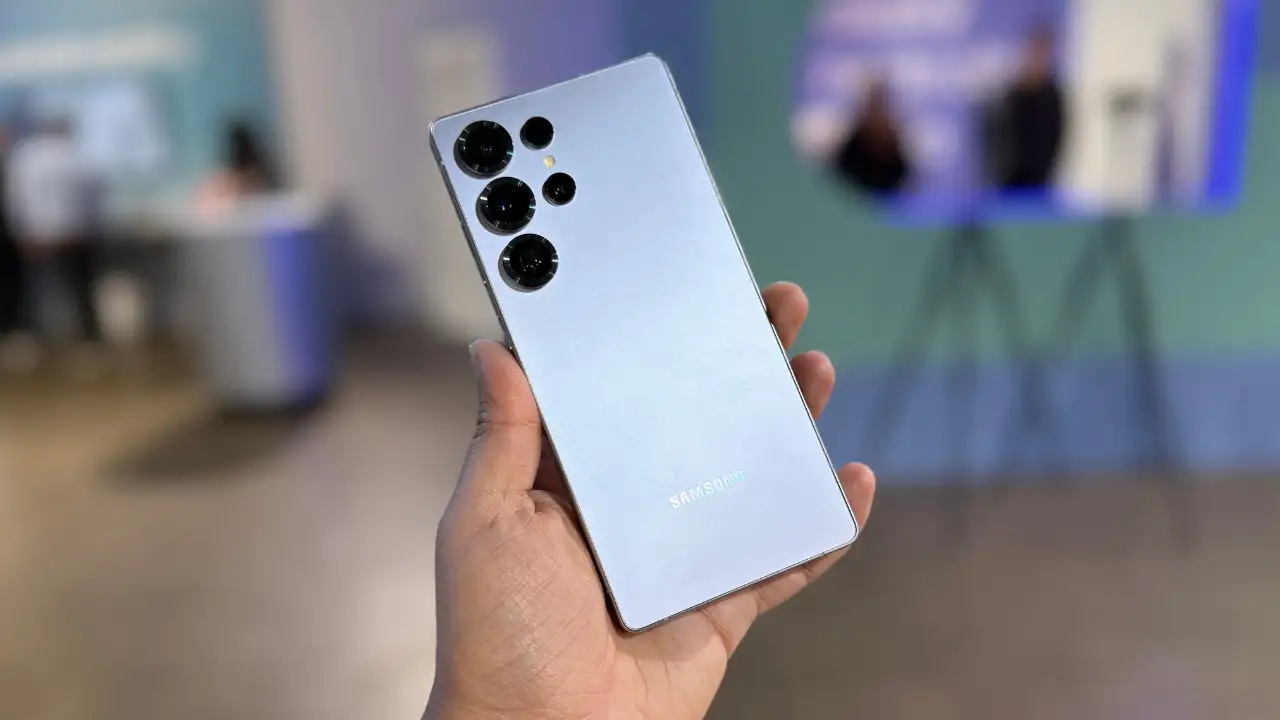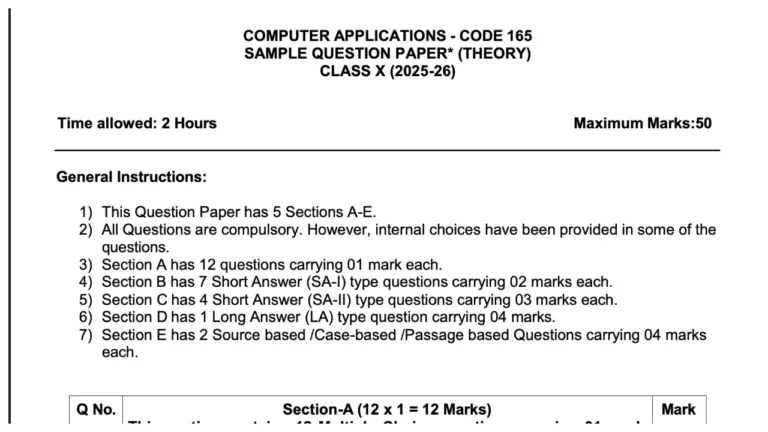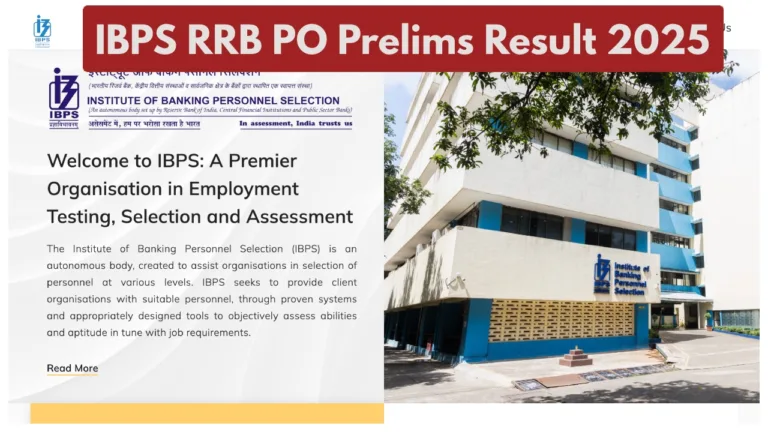Samsung Plans Comeback for Exynos Chip: Samsung’s premium smartphone lineup may see a dramatic processor change in 2025. New reports from the industry suggest that the Galaxy S26 series may introduce the Exynos chipsets again, abandoning Qualcomm’s Snapdragon SoC used for the S25 series. The change may not be for all markets, but it is part of Samsung’s internal plan to rebrand its semiconductor business.
Exynos SoC in Samsung Galaxy S26 Series
According to tipster @Jukanlosreve, Samsung would likely be offering the in-house Exynos 2600 chipset on its Galaxy S26 devices. This shift may be restricted to particular regions though. The chipset is said to have low production yield and is likely to come only in European regions where Samsung tends to release Exynos variants.

Snapdragon vs Exynos Performance Difference
Industry sources say that Qualcomm’s Snapdragon processor has a distinct performance lead over the soon-to-be-released Exynos 2600. Yet the specific Snapdragon model tested has not been disclosed. Even with this advantage, Samsung appears committed to pursuing its own SoC, maybe as a strategic play to drive its internal chip business.
Samsung’s History with Exynos Chips
Samsung’s experience with its Exynos chips has been patchy. First, the Galaxy S25 series was to be powered by the Exynos 2500, but Samsung shelved the chip due to production problems and instead chose Qualcomm’s Snapdragon 8 Gen 3 Elite. This move came at a price — one that, according to reports, cost Samsung’s System LSI division between $400 million.
Reason Behind Switching Back to Exynos
The change from Snapdragon to Exynos in the Galaxy S26 may be a bid to recover losses and minimize dependence on third-party chipmakers. Internal reports suggest Samsung’s R&D division is looking to ramp up production of its 2nm Exynos 2600, which has reached a 30% yield. If the yield is 60%, full-scale production may start, allowing Samsung greater control over its hardware.
What Low Yield Means for Consumers
With Exynos 2600’s production presently low, consumers outside Europe may continue to get Snapdragon-powered S26 models. This dual-chip approach isn’t new for Samsung, but it can have implications on consistency in performance and battery life across geographies. Purchasers need to be cognizant of the variations based on their place of purchase.
Samsung’s Future Chip Plans
Samsung’s introduction of the 2nm Exynos 2600 indicates the company is striving to directly compete with other top chipmakers. Its success will remain heavily reliant on yield increases and actual performance tests. If mass production is initiated in time, the Galaxy S26 series can be a critical milestone for Samsung’s semiconductor business.










